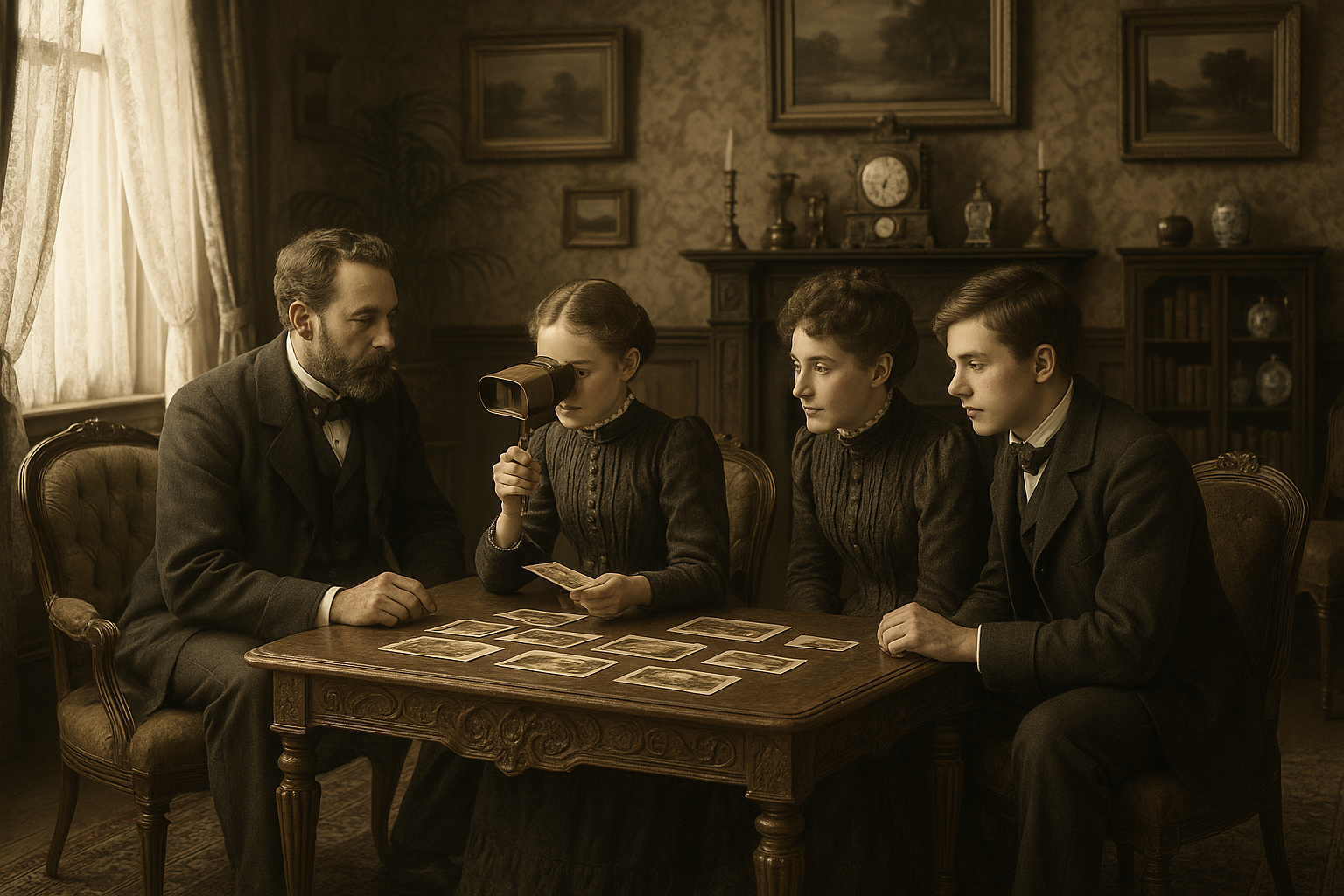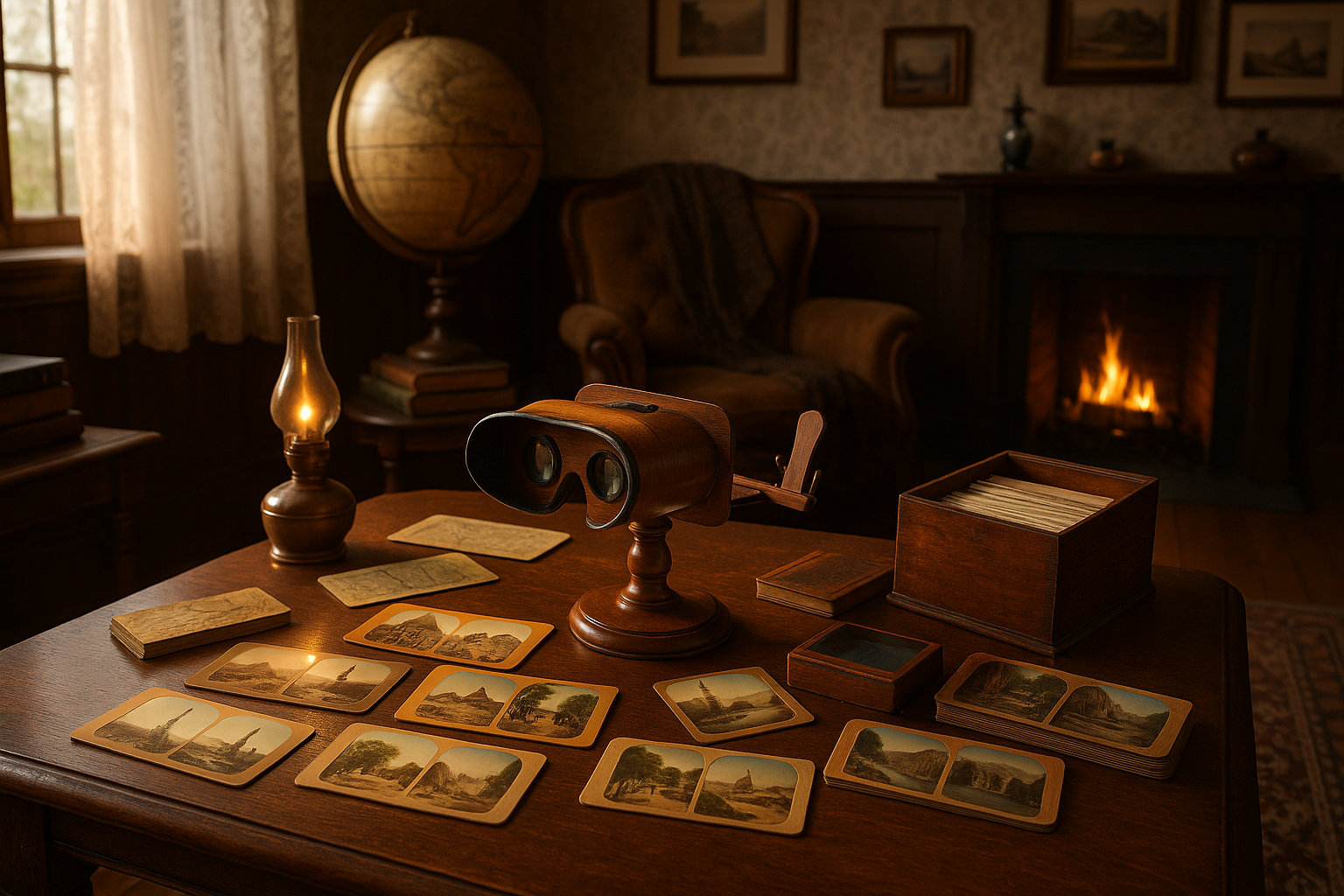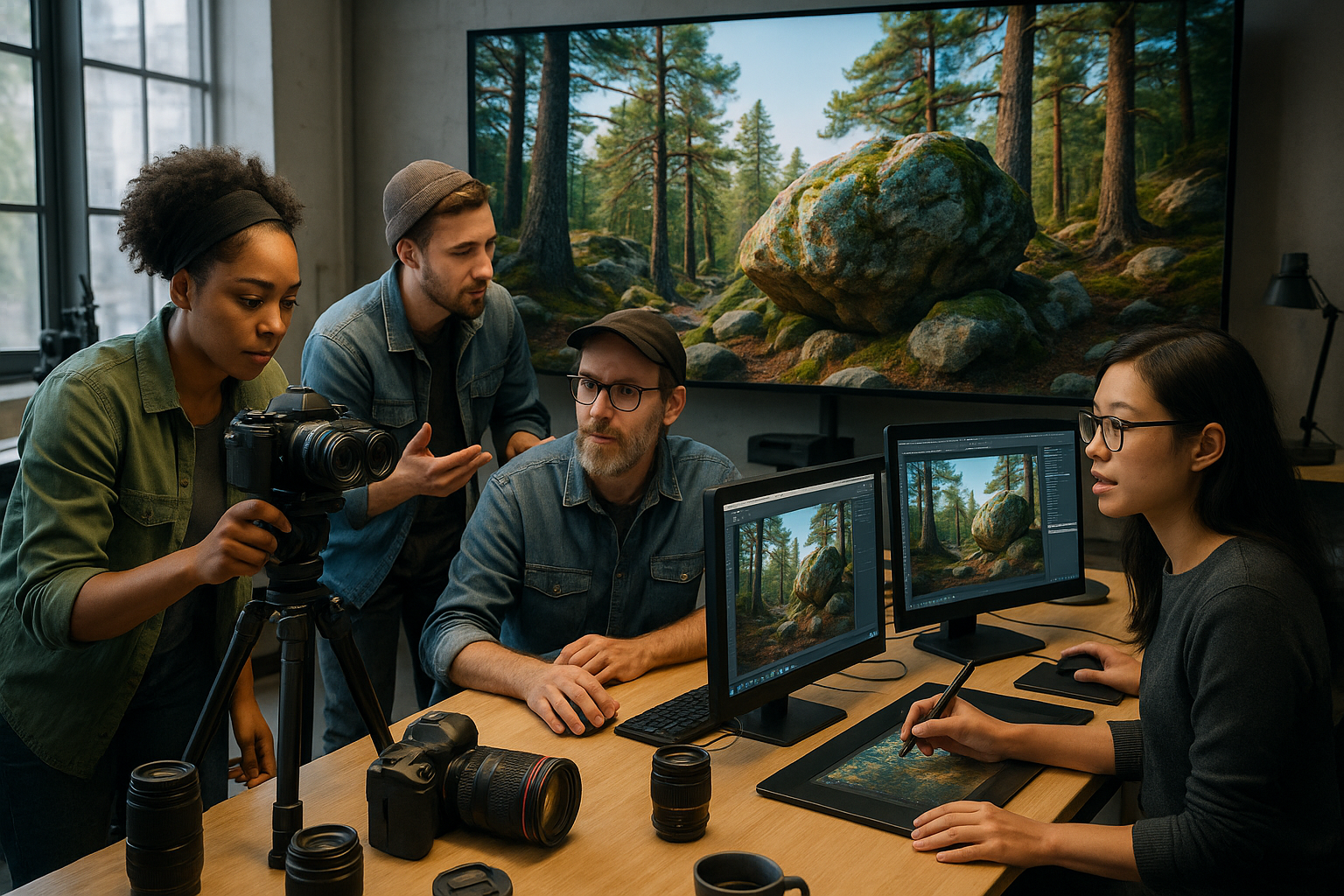Eyewear has evolved from a simple tool for vision correction to a powerful symbol of style, innovation, and cultural identity throughout centuries of human history.
🕰️ The Dawn of Vision Correction: Ancient Innovations
The story of eyewear begins long before the first pair of spectacles graced a human face. Ancient civilizations recognized the challenges of impaired vision and sought creative solutions. The Romans experimented with reading stones—polished crystals that magnified text when placed directly on manuscripts. Emperor Nero allegedly watched gladiatorial games through a polished emerald, though historians debate whether this served as vision correction or simply reduced glare.
In China, judges wore smoky quartz panels not to improve vision but to conceal their facial expressions during court proceedings. This early use of lens-like materials demonstrates humanity’s long-standing relationship with optical devices, even before understanding the science behind refraction and magnification.
The intellectual climate of medieval monasteries proved crucial for eyewear development. Monks spending countless hours transcribing manuscripts suffered from eye strain, creating urgent demand for vision aids. Reading stones became common tools in scriptoria across Europe, setting the stage for a revolutionary invention.
The Birth of Spectacles: A Medieval Revolution
The late 13th century witnessed a transformative moment in human history—the invention of wearable spectacles. While the exact inventor remains disputed, most historians credit Italian craftsmen, particularly those working in Venice and Florence, with creating the first primitive glasses around 1286.
These early spectacles consisted of two convex lenses set in frames made from bone, metal, or leather, connected by a rivet that allowed them to balance precariously on the nose. They were called “roidi da ogli” or “discs for the eyes” in Italian. The innovation spread rapidly throughout Europe, praised by scholars and clergy who could now extend their productive reading years significantly.
The invention’s impact cannot be overstated. For the first time in human history, aging scholars, scribes, and craftsmen could continue their detailed work despite presbyopia. This effectively extended the intellectual lifespan of learned individuals, contributing to the knowledge accumulation that would fuel the Renaissance.
Early Manufacturing Challenges
Producing early spectacles required exceptional craftsmanship. Glassmakers needed to grind and polish lenses with remarkable precision using rudimentary tools. Venice became the epicenter of spectacle production, with the Guild of Crystal Workers establishing quality standards and protecting trade secrets.
The cost of these early vision aids made them luxury items accessible only to the wealthy and scholarly elite. A single pair of spectacles could cost as much as a horse, positioning them as status symbols as much as functional tools.
👓 Renaissance Refinements and Baroque Innovations
The Renaissance period brought significant improvements to eyewear design and functionality. Craftsmen experimented with different frame materials, including tortoiseshell, horn, and precious metals. The introduction of concave lenses for myopia treatment in the early 16th century doubled the potential market for spectacles.
Portrait paintings from this era provide valuable documentation of eyewear evolution. Artists began depicting subjects wearing spectacles, transforming them from purely functional devices into acceptable fashion accessories. Notable figures like Pope Leo X were portrayed wearing glasses, lending respectability and prestige to their use.
The 17th century saw the development of temple pieces—the arms extending over the ears that characterize modern glasses. Spanish spectacle makers are credited with this innovation, which dramatically improved comfort and stability. Previously, spectacles had to be held, balanced on the nose, or attached to hats and headpieces.
Scientific Understanding Advances Design
As optical science progressed through the works of Johannes Kepler, René Descartes, and Isaac Newton, eyewear manufacturing became more sophisticated. Understanding light refraction enabled more precise lens grinding and the creation of specialized lenses for different vision conditions.
Benjamin Franklin’s invention of bifocals in the 1780s represented another leap forward. Tired of switching between two pairs of spectacles for distance and reading, Franklin commissioned lenses split horizontally with different focal powers—a design principle still used today.
Industrial Revolution: Mass Production and Accessibility
The 19th century transformed eyewear from artisanal luxury goods to mass-produced necessities. Industrial manufacturing techniques made spectacles affordable for working-class people for the first time. Steam-powered grinding machines increased production speed and consistency while reducing costs.
Peddlers traveled through rural areas selling ready-made spectacles in various strengths, though this trial-and-error approach often resulted in poorly fitted glasses. The emerging optometry profession began advocating for professional eye examinations and custom prescriptions, establishing standards that elevated eyecare from commerce to healthcare.
This era also saw the introduction of new materials. Steel frames became popular for their durability and affordability. The invention of celluloid in the 1860s provided a lightweight, moldable alternative to natural materials, enabling more creative frame designs and color options.
The Lorgnette and Monocle Era
Victorian society embraced eyewear as fashion statements. The lorgnette—spectacles on a handle—became essential accessories for high-society women attending theater and social events. The monocle symbolized masculine sophistication, particularly among military officers and aristocrats.
These fashion-forward optical devices reflected changing attitudes toward eyewear. Rather than hiding vision impairment, wearers displayed their spectacles as markers of refinement, education, and social status.
🎬 20th Century: The Golden Age of Eyewear Design
The 20th century witnessed eyewear’s complete transformation into fashion iconography. Hollywood stars popularized distinctive frames that became cultural touchstones. Round tortoiseshell glasses evoked intellectual sophistication, while cat-eye frames epitomized 1950s femininity.
Sunglasses evolved from medical devices protecting eyes after cataract surgery to essential fashion accessories. Ray-Ban’s Aviator glasses, developed for military pilots in 1936, became civilian bestsellers after World War II. The Wayfarer design launched in 1952 established plastic frames as stylish alternatives to wire options.
Celebrities wielded enormous influence over eyewear trends. Audrey Hepburn’s oversized sunglasses in “Breakfast at Tiffany’s” sparked global demand. John Lennon’s circular wire frames became synonymous with counterculture movements. Elton John’s flamboyant, bedazzled glasses turned eyewear into performance art.
Technological Breakthroughs
Material science revolutionized eyewear construction throughout the century. The development of plastic lenses in the 1940s offered lighter weight and greater safety than glass. Polycarbonate lenses introduced in the 1970s provided impact resistance, making them ideal for sports and children’s eyewear.
Progressive lenses emerged as sophisticated alternatives to bifocals, providing smooth transitions between focal distances without visible lines. Anti-reflective coatings, photochromic lenses that darken in sunlight, and blue light filtering technology addressed modern visual challenges.
Contact lenses, first successfully fitted in 1887 but only becoming practical in the mid-20th century, offered vision correction without visible apparatus. The introduction of soft contact lenses in 1971 made this option comfortable and accessible to millions.
Designer Frames: Fashion Meets Function
The late 20th century saw luxury fashion houses enter the eyewear market, elevating frames to couture status. Designers like Giorgio Armani, Versace, and Prada began creating signature collections that aligned with their clothing lines, establishing eyewear as essential fashion accessories.
This merger of fashion and function created a booming industry where frames could cost hundreds or thousands of dollars. Brand identity became as important as optical quality, with logos prominently displayed on temples. Limited edition collaborations between designers and eyewear manufacturers created collectible pieces that blurred lines between accessory and artwork.
The designer eyewear phenomenon democratized fashion, allowing consumers to access luxury brands at relatively lower price points than clothing or handbags while making visible fashion statements.
📱 Digital Age: Smart Glasses and Future Vision
The 21st century brought eyewear into the digital realm. Google Glass, introduced in 2013, attempted to integrate computing capabilities into spectacle frames. While commercially unsuccessful, it sparked innovation in augmented reality eyewear that continues developing today.
Contemporary smart glasses incorporate features like bone-conduction audio, integrated cameras, fitness tracking, and heads-up displays. Companies like Apple, Facebook, and Amazon invest heavily in AR glasses that overlay digital information onto the physical world, suggesting eyewear’s next evolutionary chapter.
Blue light filtering lenses address digital eye strain from prolonged screen exposure, reflecting how eyewear continues adapting to modern lifestyle challenges. The pandemic accelerated adoption of anti-fog coatings for mask wearers, demonstrating the industry’s responsiveness to emerging needs.
Sustainable and Ethical Manufacturing
Modern consumers increasingly demand environmentally responsible and ethically produced eyewear. Brands now offer frames made from recycled ocean plastics, sustainable wood, biodegradable acetate, and reclaimed metals. This shift reflects broader societal concerns about consumption’s environmental impact.
Direct-to-consumer brands have disrupted traditional retail models, offering affordable, stylish options while challenging established manufacturers’ market dominance. Virtual try-on technology using smartphone cameras enables convenient online shopping experiences that rival in-store fittings.
Preserving Eyewear Heritage: Museums and Collections
Recognizing eyewear’s cultural and historical significance, institutions worldwide preserve and display spectacle collections. The British Optical Association Museum in London houses over 7,000 items spanning five centuries. The Musée de la Lunette in France celebrates the region’s optical heritage with extensive exhibits.
These collections document technological evolution while preserving artisanal craftsmanship that modern manufacturing methods have largely replaced. Antique spectacles provide insights into historical fashion, social customs, and medical understanding. They’re tangible connections to how our ancestors experienced and solved universal human challenges.
Private collectors also play vital preservation roles, seeking rare and significant pieces that might otherwise be lost. Auction houses occasionally feature exceptional antique eyewear, with some historical pieces commanding impressive prices that reflect their scarcity and significance.
🔍 Cultural Significance Across Societies
Different cultures have embraced eyewear with varying attitudes and traditions. In some Asian societies, wearing glasses traditionally suggested scholarly achievement and intellectual pursuits. Western cultures have alternated between viewing spectacles as signs of weakness or symbols of sophistication.
Eyewear has featured prominently in literature, film, and art as character-defining accessories. Clark Kent’s transformation into Superman requires only removing his glasses—a testament to eyewear’s power in shaping identity and perception. Iconic fictional characters from Harry Potter to Velma Dinkley are inseparable from their signature spectacles.
In professional contexts, studies suggest eyewear influences perceptions of competence, trustworthiness, and intelligence. These associations demonstrate how deeply glasses have embedded themselves in social cognition and nonverbal communication.
Vision for Tomorrow: Emerging Trends and Technologies
The future of eyewear promises exciting innovations at the intersection of healthcare, technology, and fashion. Researchers develop smart contact lenses with embedded sensors monitoring glucose levels for diabetics or measuring intraocular pressure in glaucoma patients. These medical applications could transform eyewear into continuous health monitoring devices.
Customization technology enables perfectly fitted frames tailored to individual facial geometry through 3D scanning and printing. This personalization extends to lens optimization based on detailed vision analysis and lifestyle requirements, promising unprecedented comfort and optical performance.
Augmented reality integration will likely become mainstream as technology miniaturizes and becomes more affordable. Future glasses might provide real-time translation of foreign text, navigation arrows overlaid on streets, or contextual information about viewed objects—fundamentally changing how we interact with our environment.
The Timeless Appeal of Well-Crafted Eyewear ✨
Despite technological advances, traditional eyewear craftsmanship retains devoted followings. Artisanal makers continue producing handcrafted frames using techniques passed through generations. These pieces celebrate slow fashion principles, offering quality and uniqueness that mass production cannot replicate.
The resurgence of vintage eyewear styles demonstrates cyclical fashion patterns. Contemporary designers frequently reference historical designs, creating modern interpretations of classic shapes. This dialogue between past and present keeps eyewear heritage alive while adapting it for current tastes.
Collectors prize vintage frames from prestigious makers, viewing them as wearable art. Mid-century designs from manufacturers like American Optical, Bausch & Lomb, and Cazal have become particularly sought-after, commanding premium prices in specialized markets.
Eyewear as Personal Expression and Identity
Today’s eyewear landscape offers unprecedented choice, enabling wearers to express personality, mood, and style through frame selection. Many people maintain multiple pairs for different occasions and outfits, treating glasses as wardrobe essentials rather than purely functional devices.
This evolution from medical necessity to fashion statement represents one of design history’s most successful transformations. Eyewear has transcended its original purpose, becoming a medium for self-expression that enhances rather than conceals.
The glasses someone chooses communicate messages about their identity, values, and aesthetic preferences. Whether bold statement frames or minimalist rimless designs, eyewear choices reveal aspects of personality in ways few other accessories can match.
From ancient reading stones to augmented reality smart glasses, eyewear’s journey reflects humanity’s endless creativity in solving problems while pursuing beauty and self-expression. Preserving this rich heritage ensures future generations understand how such seemingly simple objects profoundly influenced culture, technology, and daily life across centuries. The legacy of eyewear continues evolving, always balancing innovation with timeless principles of craftsmanship and design that honor its remarkable history.
Toni Santos is a visual historian and artisan whose creative lens is captivated by the forgotten marvels of antique optical devices. Through his thoughtful storytelling, Toni revives the instruments that once transformed light into wonder—camera obscuras, magic lanterns, kaleidoscopes, and other ingenious tools that shaped our earliest visual imaginations.
His journey is rooted in a fascination with how humans have long sought to bend, reflect, and reveal the unseen. Whether tracing the mechanical poetry of 19th-century projectors or illustrating the tactile elegance of early lenses, Toni’s work invites us to see vision itself as an evolving art form.
Blending handcrafted design with historical inquiry, Toni brings to life the material soul of these devices—celebrating not just how they functioned, but what they meant. His creations and curated stories illuminate a world where science, illusion, and beauty were intricately linked through glass and brass.
As the curator of Vizovex, Toni shares detailed studies, reconstructed artifacts, and immersive content that help others rediscover the origins of visual technology and the magic of analog perception.
His work is a tribute to:
The craftsmanship behind early visual instruments
The wonder of seeing through the eyes of another century
The intersection of optics, art, and imagination
Whether you’re a collector, a designer, or someone drawn to the lost poetry of vision, Toni welcomes you into a world where light is a storyteller—one prism, one lens, one forgotten invention at a time.





